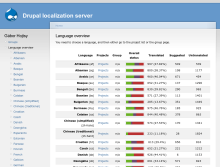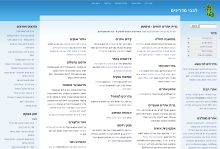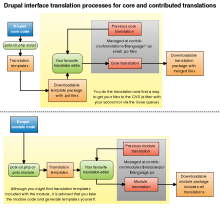Whenever you spot an untranslated string on your Drupal site, you need to:
- Remember the string or at least some unique identifier from the text.
- In Drupal 6 go to Administration - Site building - Translate interface - Search tab; in Drupal 5 go to Administration - Site configuration - Localization - Manage strings tab.
- Enter what you remembered in step 1 and hit submit.
- Identify the string in the result list or if it is not found, go back to step 1 and find an actually unique part of the string to search for.
- Hit Edit on the item in the result list if found.
- A form with all languages are displayed, fill in the translations you want to provide.
- Go back and check whether the translation was used properly.
This is quite time consuming and error prone. Of course a lot of people suggested that we should have a solution which gets closer to the user, but it was not implemented before. So here I am to tell you that there is a solution for you which just works and eliminates nearly all of the steps above.








